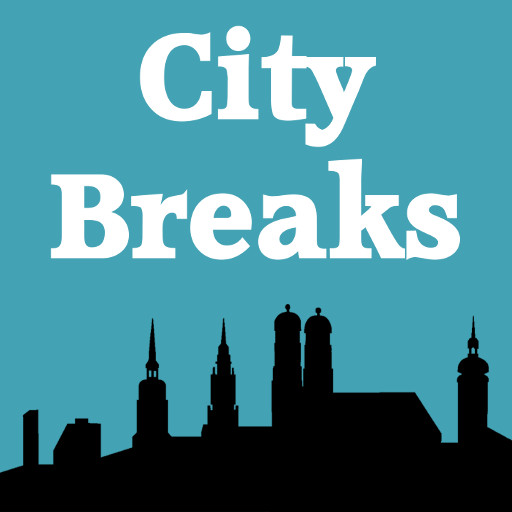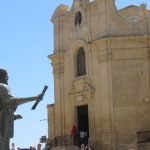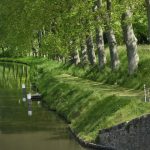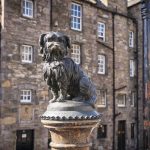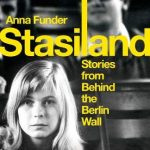Here’s J K Rowling on Edinburgh Writers: ‘It’s impossible to live in Edinburgh without sensing its literary heritage everywhere’. We covered 3 of the best-known in the last post, but this one brings you lots more, from the 15th century William Dunbar, writing ‘The Thistle and the Rose’ for the wedding of James IV and Margaret Tudor; to Ian Rankin, who says each of his novels is ‘another piece of the jigsaw that is modern Scotland’. There’s more information on the podcast, including longer quotations from the works and a special section on ‘the worst poet in the English language’, as defined by the Scottish Poetry Library website.
william dunbar (c 1460-1530)
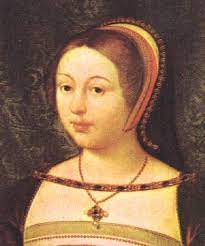
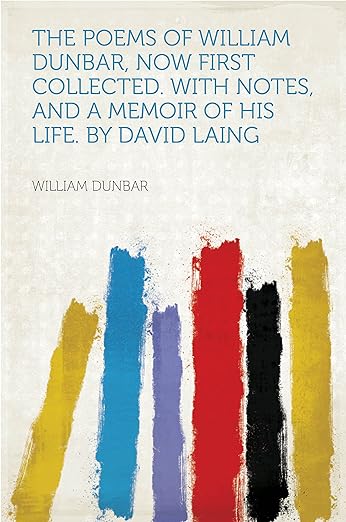
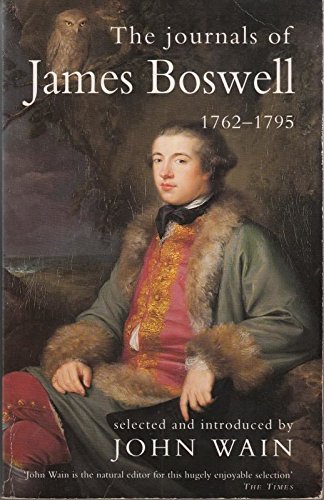
Writing in the 15th century, William Dunbar was Edinburgh’s first recognised poet. He worked at the court of James IV and wrote The Thistle and the Rose to welcome the English princess Margaret Tudor as she arrived in Scotland to marry the king. In it he compares her to a pearl – clever, as the name Margeret is derived from the Latin for pearl – and hopes the union will bring peace to Scotland. His poem begins ‘Welcome to be our princess of honour’. More humorously, he wrote He is Na Dog, He is a Lam in defence of his friend, a servant to Queen Margaret, making the case that the queen should accept his friend’s good intentions.
James Boswell (1740-1795)
Edinburgh born James Boswell was the friend, biographer and travel companion of Samuel Johnson. He was a proud Scot, but sometimes wrote harshly about his native land. On their travels through the Highlands he noted that the Scots language ‘ is the rude speech of a barbarous people who have few thoughts to express’ and he was embarrassed to notice the filthy state of his home city when showing Johnson around, especially the people’s habit of throwing the contents of their chamber pots into the streets at night: ‘I could not prevent his being assailed by the evening effluvia of Edinburgh’.
Robert Fergusson (1750-1774)
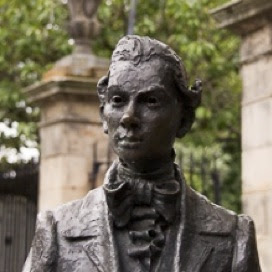
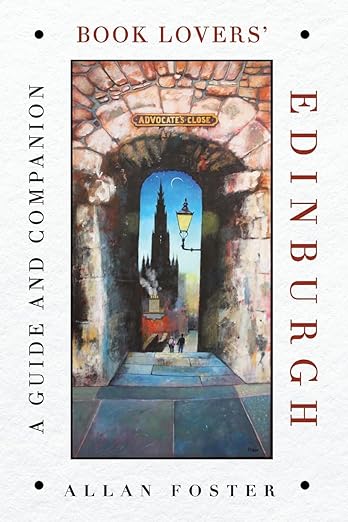
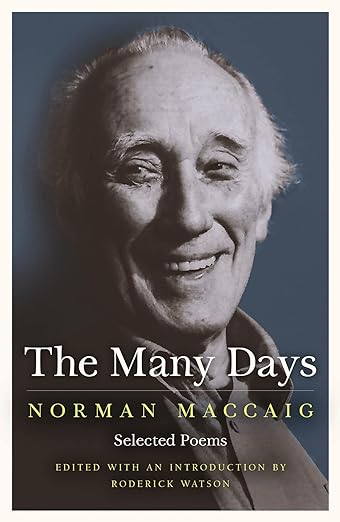
The young poet Robert Fergusson died after an accident aged only 24, but had already written 100 or so well-received poems and been admired by Robert Burns, who paid for his headstone. His poem The Daft Days opens with a memorable description of bleak Scottish winter weather, which makes the arrival of ‘Merry Yule’ when ‘mirth abounds’ all the more welcome. His best-known poem is Auld Reekie, 300 lines on a day in the life of the city of Edinburgh and its ‘filth, beauty, decay and glory’. It ends affectionately, ‘Reikie, farewell! I ne’er could part wi’thee but wi’ a dowy heart’. Fergusson is buried in the cemetery of Canongate Kirk and outside it stands a statue of him.
Norman MacCaig (1910 – 1996)
The Edinburgh poet Norman MacCaig lived all his life in the city where he worked as a primary school teacher. Most of his poems were about the natural world, but he sometimes wrote about his home city for example in Edinburgh Courtyard in July about the ‘ramshackle tenements where ‘water from a broken drain / splashes a glassy hand out in the air’
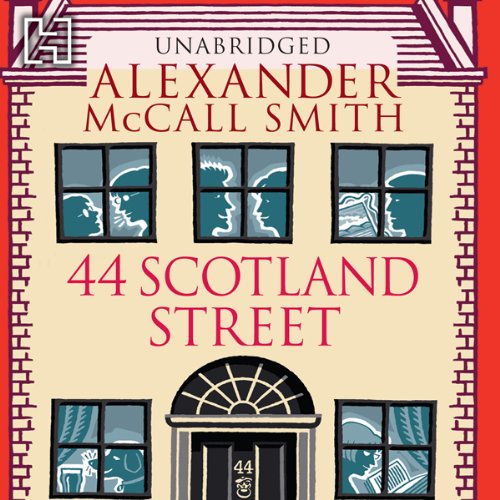
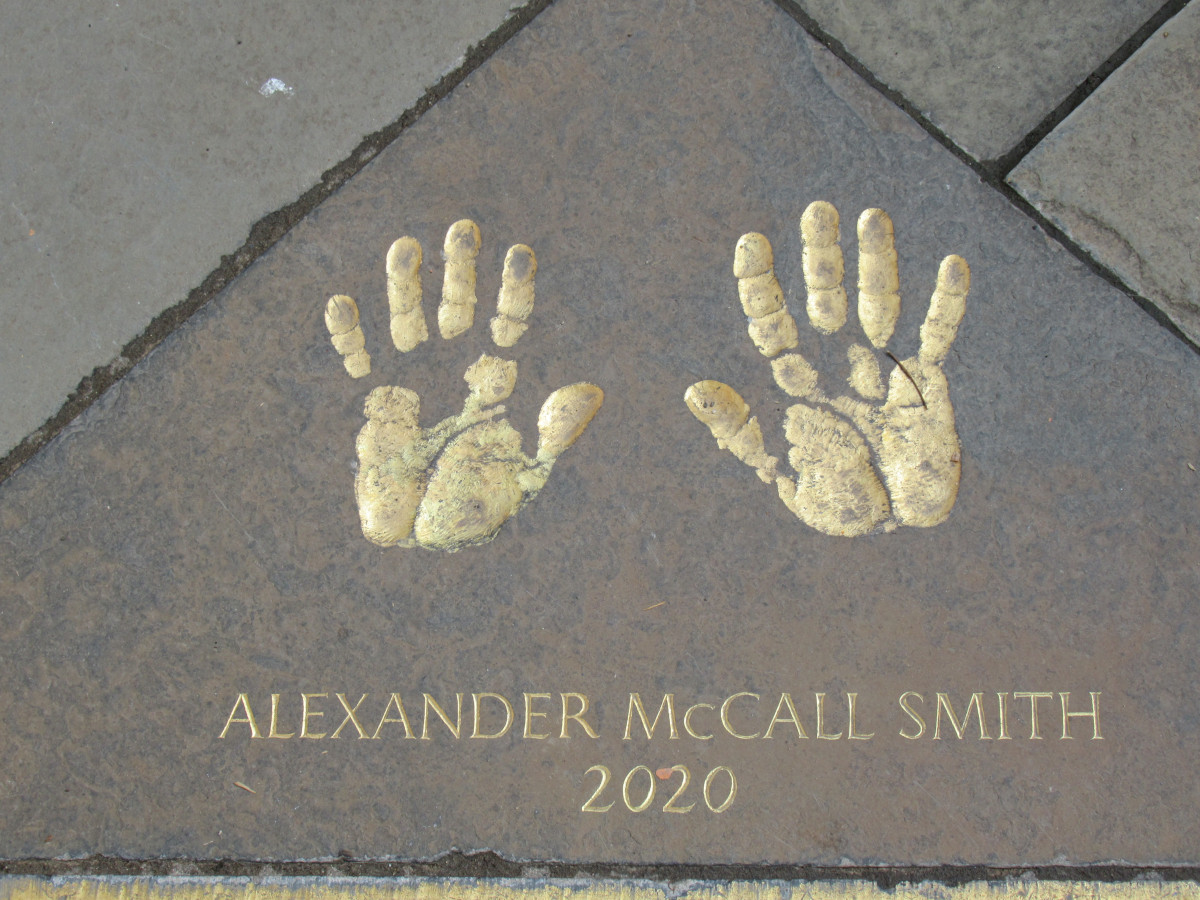
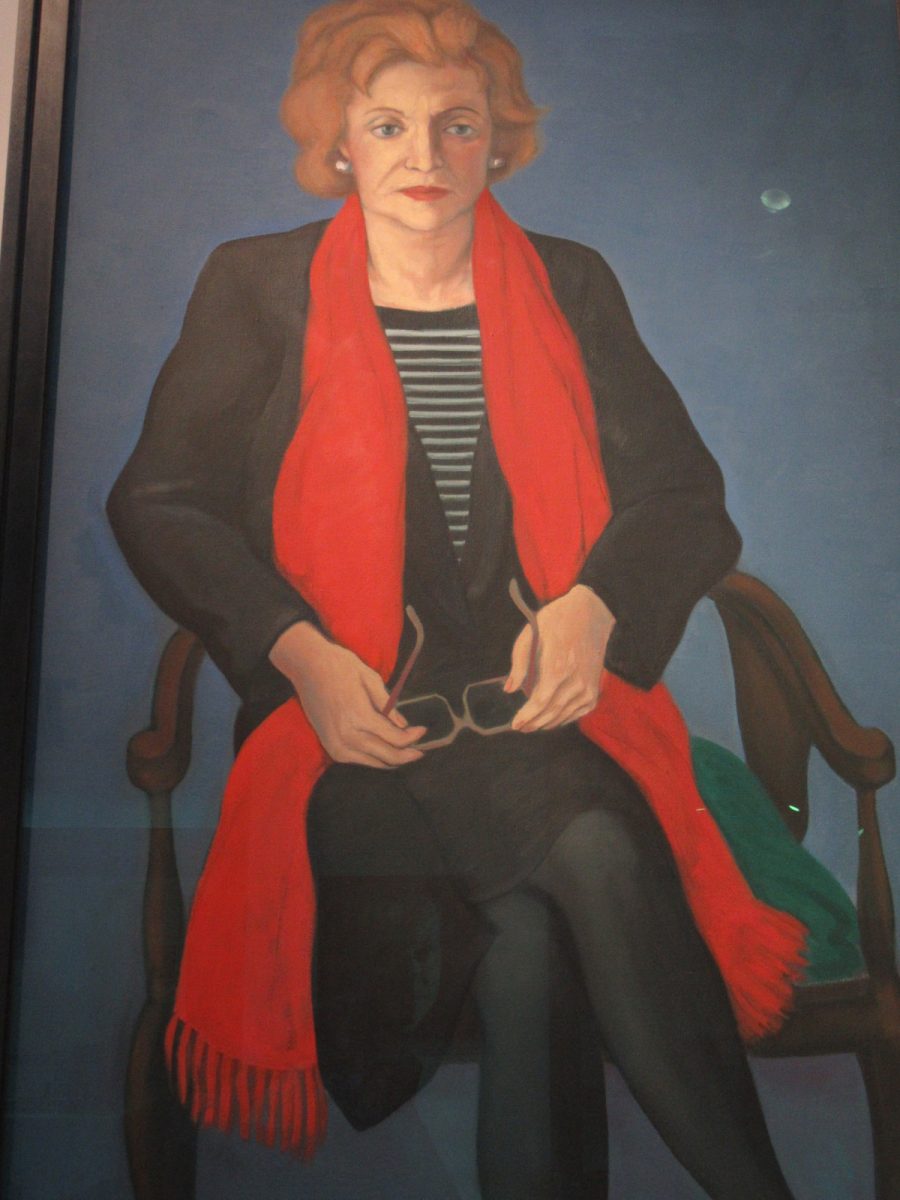
Muriel Spark (1918-2006)
Muriel Spark wrote roughly one novel a year from the 1950s to the mid 1970s and the best-known of them all is The Prime of Miss Jean Brodie, set in an Edinburgh girls’ school. The unconventional Miss Brodie adopts a little group of 6 girls as her elite, the ‘crème de la crème’ as she calls them and tries to educate them about art and culture, albeit with sinister overtones about her admiration of fascism. There are glimpses of the city in some scenes, such as when she takes them on a walk past St Giles cathedral. One of the girls finds Edinburgh churches frightening: ‘They were of such dark stone ….. and were built so warningly with their upraised fingers’.
Alexander McCall Smith (born 1948)
Alexander McCall Smith is best known for his series, The No 1 Ladies Detective Agency, but has also written the Scotland Street series, comprising nearly 20 novels set in Edinburgh. In the first, 44 Scotland Street, for example, we meet the characters living in one house in this ‘Bohemian part of Edinburgh New Town, the part where lawyer and accountants were outnumbered – just – by others’. Scenes in the Food Hall at Jenners – shortbread, oatcakes, marmalade – give a flavour of the city, as does the farcical treatment of the Conservative Ball when Bruce wears ‘his Prince Charlie jacket with its silver buttons, his Anderson kilt’, but has somehow mislaid his underpants and had to steal some from a drying rack.

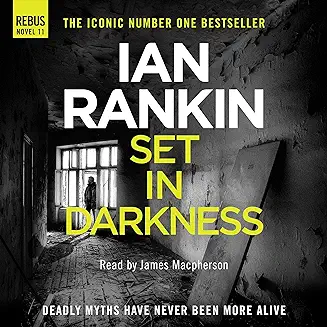
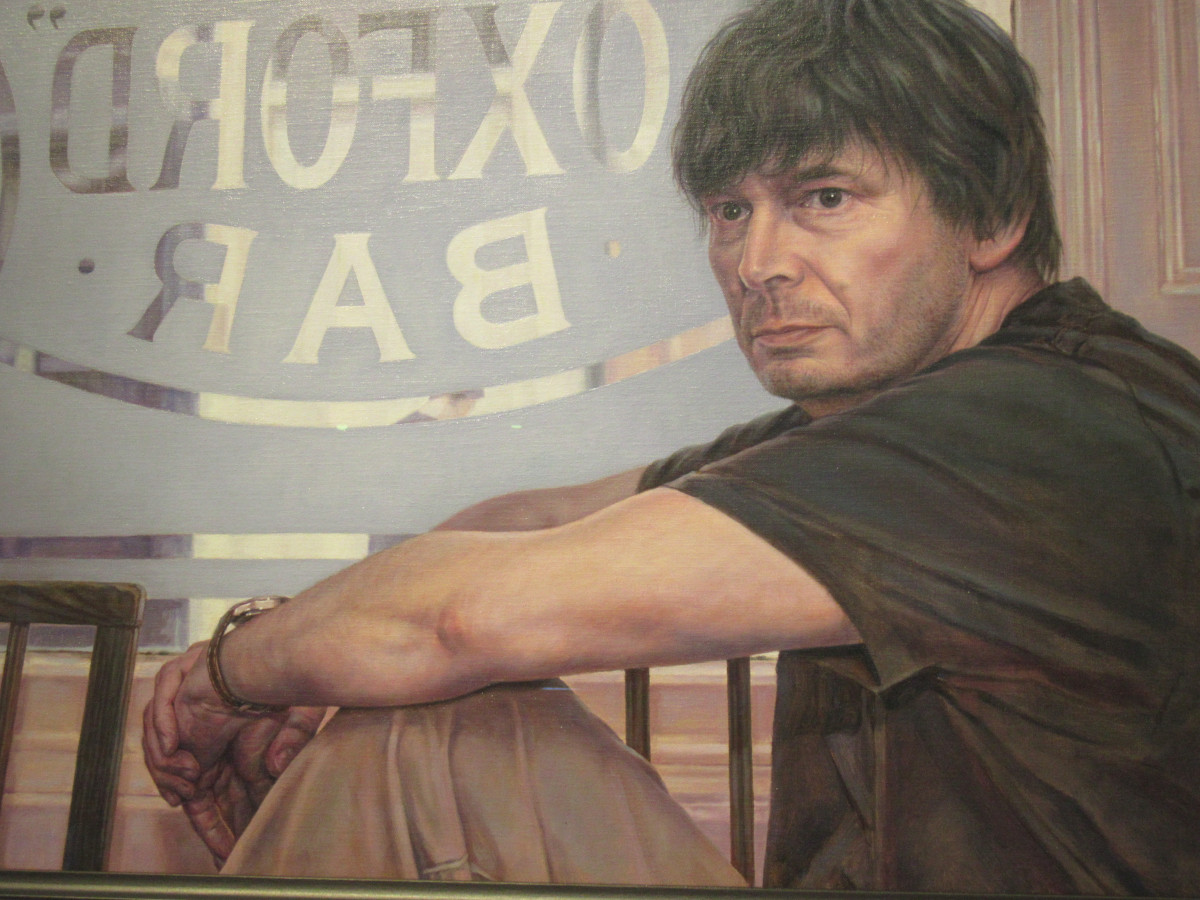
Irvine Welsh (born 1958)
Irvine Welsh, who grew up in Leith, wrote the best-selling Trainspotting in 1993. It’s written in strong Scottish dialect and its bleak content centres on a group of heroin addicts. A review called it a portrayal of ‘the underbelly of Edinburgh ripped open and laid bare’. It’s shocking, it’s often very funny and it’s a whole new take on Edinburgh. For example one of the main characters refers to Princes Street as ‘that hideous street, deadened by tourists and shoppers, the twin curses ay modern capitalism’, yet admits that when he arrives back in Edinburgh after a period away he thinks ‘this isnae bad’.
Ian Rankin (born 1960)
Ian Rankin’s 20+ Rebus novels, detective stories in the tartan noir genre, are all set in Edinburgh and often refer to real events in the city’s recent history. For example, in Black and Blue Rebus is investigating the brutal death of a North Sea Oil worker and Set in Darkness centres on building of new Scottish Parliament building. It opens as Rebus watches a group surveyors inspecting Queensbury House which will have to be incorporated into the new building ….. and suddenly they find a dead body in the roof space.
J K Rowling (born 1965)
J K Rowling wrote the early Harry Potter books in Edinburgh cafes and some of the city’s landmarks are thought to be the inspiration for settings in the books. Diagon Alley is inspired by Victoria Street, for example, and Hogwarts by the turreted George Heriot’s School. There are Harry Potter tours and also, in Victoria Street, a number of shops selling Harry Potter merchandise.
Listen to the POdcast
Reading suggestions
Book Lovers Edinburgh by Allan Foster
The Poems of William Dunbar by David Laing
The Journals of James Boswell
Selected Poems by Robert Fergusson
The Many Days Selected Poems of Norman MacCaig
The Prime of Miss Jean Brodie by Muriel Spark
44 Scotland Street by Alexander McCall Smith
Black and Blue by Ian Rankin
Set in Darkness by Ian Rankin
links for this post
Harry Potter tours of Edinburgh
Harry Potter Shop
Previous episode Edinburgh Literature and Writers
Next episode Edinburgh’s Witches, Cemeteries and Ghosts
Last Updated on June 25, 2025 by Marian Jones
